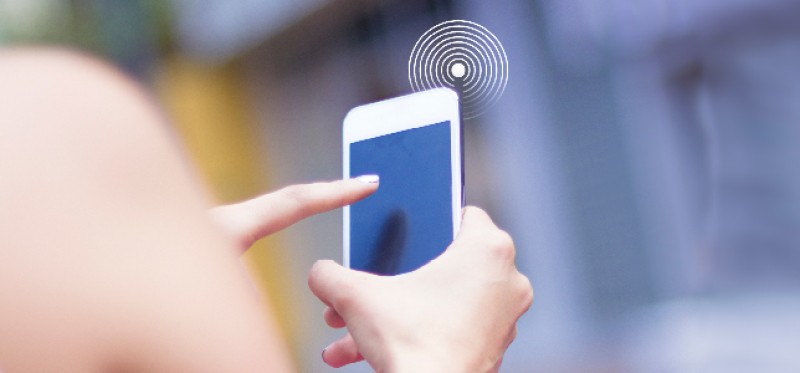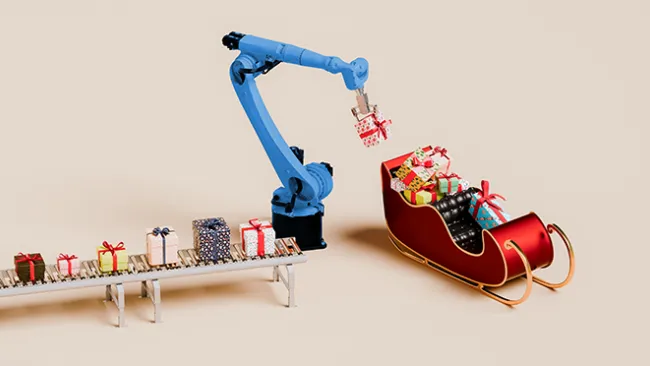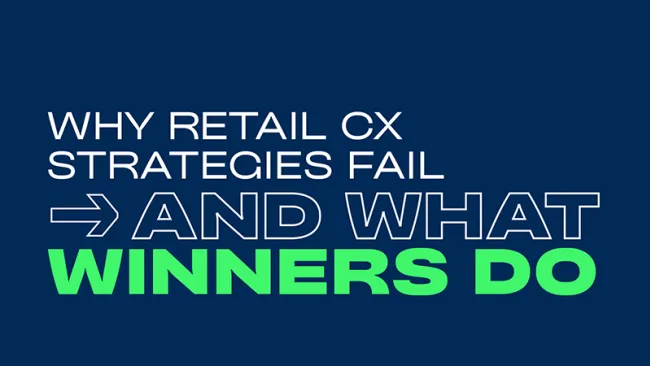Despite lackluster smartwatch sales, Apple’s innovations typically set the precedent for the industry. But, in 2013, the tech giant launched another tool that has yet to see widespread adoption—iBeacon.
Regarded as its contribution to the Bluetooth low-energy (BLE) market, Apple’s iBeacon enables retailers to gather behavioral and preferential data from consumers within the vicinity of their physical location so they may push relevant messaging directly to the shoppers' mobile devices. This information also empowers those sales associates equipped with tablets to provide individualized assistance from the moment they enter the store. However, unlike Near Field Communication (NFC) technologies, iBeacon requires opt-in approval, as these tools monitor customer movements in an effort to target shoppers with real-time, personalized content and interactions. Essentially, iBeacon allows retailers to safely gather insight into how consumers function in-store so they can use this information to enhance omnichannel customer strategy.
Yet, while iBeacon promises to aid retailers’ desire to tailor experiences on an individual level, most still hesitate to adopt this technology because it has yet to live up to the initial buzz and inflated expectations. Retailers recognize that personalization has already come to define the customer experience, yet few are willing to take the next step on their journey toward improved customer engagement and loyalty.
What’s really keeping retailers from adopting iBeacon technology?
They can’t afford to spend money on risky investments.
Because retailers often have limited budgets, most are reluctant to invest in technologies that have yet to prove their value. While companies understand the overall benefits of iBeacon implementation, few have the financial resources to risk on something that’s not yet widely adopted. Retailers rarely invest in the technology itself, as their primary concern lies with the overall customer experience. They don’t have time (or money) to waste on risky innovations that may or may not take off it the future. Thus, until iBeacon begins to gather interest on both sides of the experience equation, brands will likely refrain from devoting resources to this developing technology.
They are waiting to see if one standard will emerge.
Retailers strive to cultivate customer relationships by delivering deep, immediate value through enhanced shopping experiences and greater personalization. But, while iBeacon technology promises to make these goals reality, brands are hesitant to invest in any given solution until one standard emerges. As previously mentioned, most retailers don’t have much to spend, particularly when it comes to new, risky ventures that have yet to prove their full worth in the market. Small retailers, especially, are waiting until their larger counterparts begin to adopt these tools so they can learn from their mistakes and reduce their own spend. Unfortunately, however, this creates an unyielding paradox, as the reluctance to experiment and invest will prevent any standard from emerging in the first place.
They haven’t established an adequate value proposition.
Simply stated, consumers still fail to grasp the value behind iBeacon technology. Because the device collects behavioral data, shoppers perceive these tools to be creepy and invasive, thereby limiting the amount of opt-ins retailers may receive. Retailers, however, must educate consumers in order to clearly convey the value proposition behind iBeacon adoption. If consumers come to recognize how such engagement will inevitably improve their shopping experience, they will be more likely to adopt the technology, as well. By taking customer feedback into consideration, retailers can further elevate the level of consumer trust as they demonstrate how their sentiment factors into the company’s strategic development.
Ultimately, iBeacon adoption will rely upon consumers' value perception as this technology will have no place in the retail world if shoppers don’t buy into its benefits. Before retailers can safely invest in iBeacons, they will first need to invest in consumer education to give consumers a reason to want it. If consumers see value in it, retail adoption will likely follow.
Also, check out the most recent issue of our eNewsletter.
What’s Stopping Retailers from Implementing iBeacon Technology?















